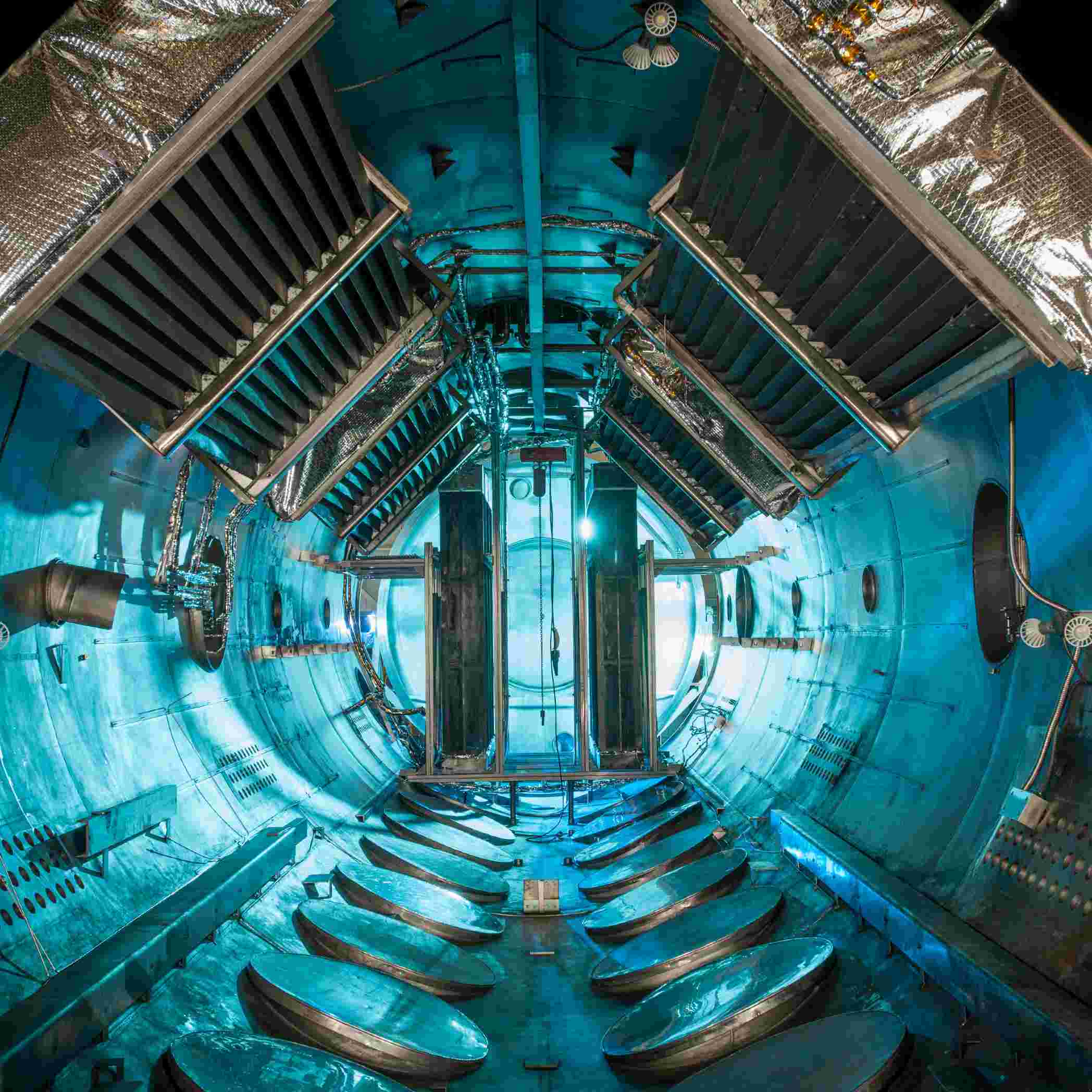Understanding Network State in Blockchains
A foundational guide to understanding 'network state' in blockchain technology and why this shared, global 'computer' is a revolutionary concept.

At the heart of any blockchain like Ethereum is the concept of the network state, often simply called the "state." The state is a complete snapshot of the current status of the entire system at a specific point in time (i.e., at a specific block). It's a massive, shared database that every node in the network holds a copy of.
Understanding the concept of the state is fundamental to grasping why blockchains are so powerful. Ethereum is often described as a "world computer," and the state is essentially this computer's hard drive.
What Does the Network State Contain?
The state of Ethereum includes all the information needed to process new transactions. This includes:
- Account Balances: The ETH balance of every single Externally Owned Account (EOA) or user wallet.
- Contract Code: The deployed, immutable bytecode of every single smart contract on the network.
- Contract Storage: The data stored within every smart contract. For an ERC-721 contract, this would include which address owns which
tokenId. For a DeFi lending protocol, this would include the balance of every user who has deposited funds. - Account Nonces: A transaction counter for each account to prevent replay attacks.
How the State Changes: Transactions
The state is not static; it changes with every new block. A transaction is a signed instruction from an account that requests a change to the state.
When a validator includes a transaction in a new block, every node in the network executes that transaction. This execution results in a state transition. For example:
- Transaction: Alice sends 1 ETH to Bob.
- State Transition: The state is updated by decrementing Alice's account balance by 1 ETH and incrementing Bob's account balance by 1 ETH.
This new state is then agreed upon by the entire network through a consensus mechanism, becoming the new canonical truth.
Why is a Shared State Revolutionary?
The concept of a single, shared, and trusted state machine that is not controlled by any single entity is the core innovation of blockchains.
- Interoperability: It allows different applications (smart contracts) to interact with each other seamlessly and atomically on a shared backend. This is what enables the "money legos" of DeFi, where one protocol can build directly on top of another.
- Trustlessness: It allows users to interact with each other and with applications without needing to trust a central intermediary, because the state of the system is guaranteed by the cryptographic and economic security of the entire network.
The network state is the ultimate source of truth in a decentralized ecosystem. It's a global, shared hard drive, secured by thousands of computers, that anyone can read from and that anyone can write to, provided they follow the rules of the protocol.
Frequently Asked Questions
1. What is the "network state" in a blockchain?
The network state is a complete snapshot of the entire blockchain system at a specific moment. For Ethereum, this includes all account balances, smart contract code, and the data stored within every smart contract. Think of it as the blockchain's global hard drive.
2. How does the network state change?
The state is changed by transactions. When a user sends a transaction and it's included in a new block, every node in the network executes it, resulting in a "state transition" that updates the balances or contract data.
3. Why is a shared network state important?
A shared state is the key to interoperability and composability in Web3. Because all applications live on the same shared state machine, they can interact with each other seamlessly and trustlessly. This is what allows different DeFi protocols to be combined like "money legos."
4. Who controls the network state?
No single entity controls the state. It is maintained and secured by a decentralized network of nodes (computers) that all come to an agreement on the state's validity through a consensus mechanism.
5. What is the difference between a blockchain and a traditional database?
A traditional database is centralized and controlled by a single administrator who can alter or delete data. A blockchain is a decentralized database where the network state is immutable—once data is recorded, it cannot be changed. This creates a transparent and trustworthy record. For more, see our full guide on what a blockchain is.